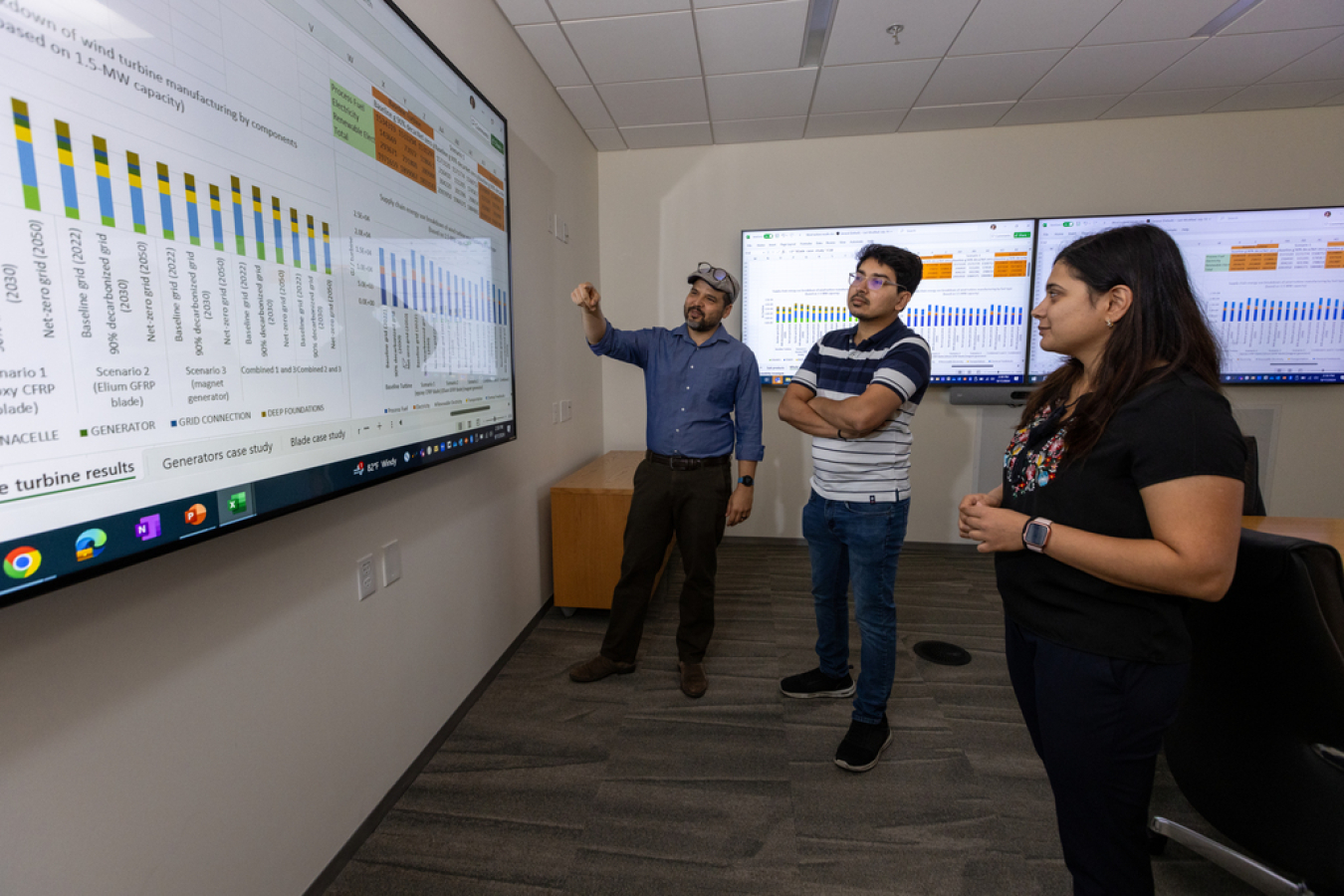Researchers and analysts at the National Renewable Energy Laboratory (NREL) are using a sophisticated modeling method known as system dynamics to understand the intricacies of clean energy systems, such as biofuel economics and supply chains.
October 16, 2024How Modeling Feedback Loops Inform Analysis and Decisions Across Decarbonization Technologies

Researchers and analysts at the National Renewable Energy Laboratory (NREL) are using a sophisticated modeling method known as system dynamics to understand the intricacies of clean energy systems, such as biofuel economics and supply chains.
Since its creation in the 1950s by Jay W. Forrester, a professor at Massachusetts Institute of Technology, system dynamics has become a tried-and-true method for understanding the behaviors of complex systems in terms of stocks, flows, and the feedback loops that connect them. Its applications include examining everything from public health to renewable energy systems.
For the last decade, much of the work done to gain insight into the biofuel market has utilized NREL’s Bioenergy Scenario Model (BSM), funded by the U.S. Department of Energy’s (DOE) Bioenergy Technologies Office (BETO). The System Dynamics Society award-winning model tracks biofuel deployment and the effects of various influences on the biofuel market, such as changes in consumer demand, government policies, and land availability for feedstock. It dynamically models these elements as part of the U.S. domestic biofuels supply chain.
In the case of BSM, bioenergy’s large, comprehensive nature makes it tougher to focus on smaller-scale system dynamics. That is why the NREL team is working to reduce it for limited-case, regional scenarios, using a new BETO-funded model called the Regional Bio-Economy Model to enable researchers to examine the logic behind the feedback loops in those smaller systems. The team aims to publicly release this model in the next year or two.
Learn more about these two BETO-funded modeling systems and how NREL is striving to show what a decarbonized energy system could look like.

